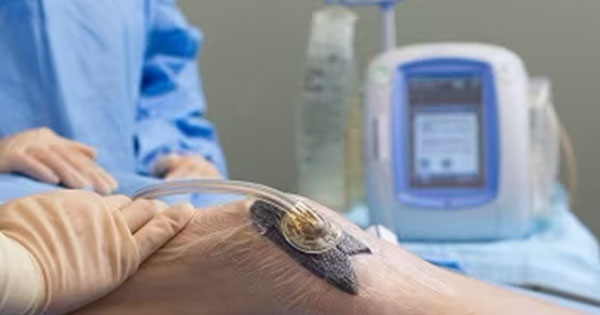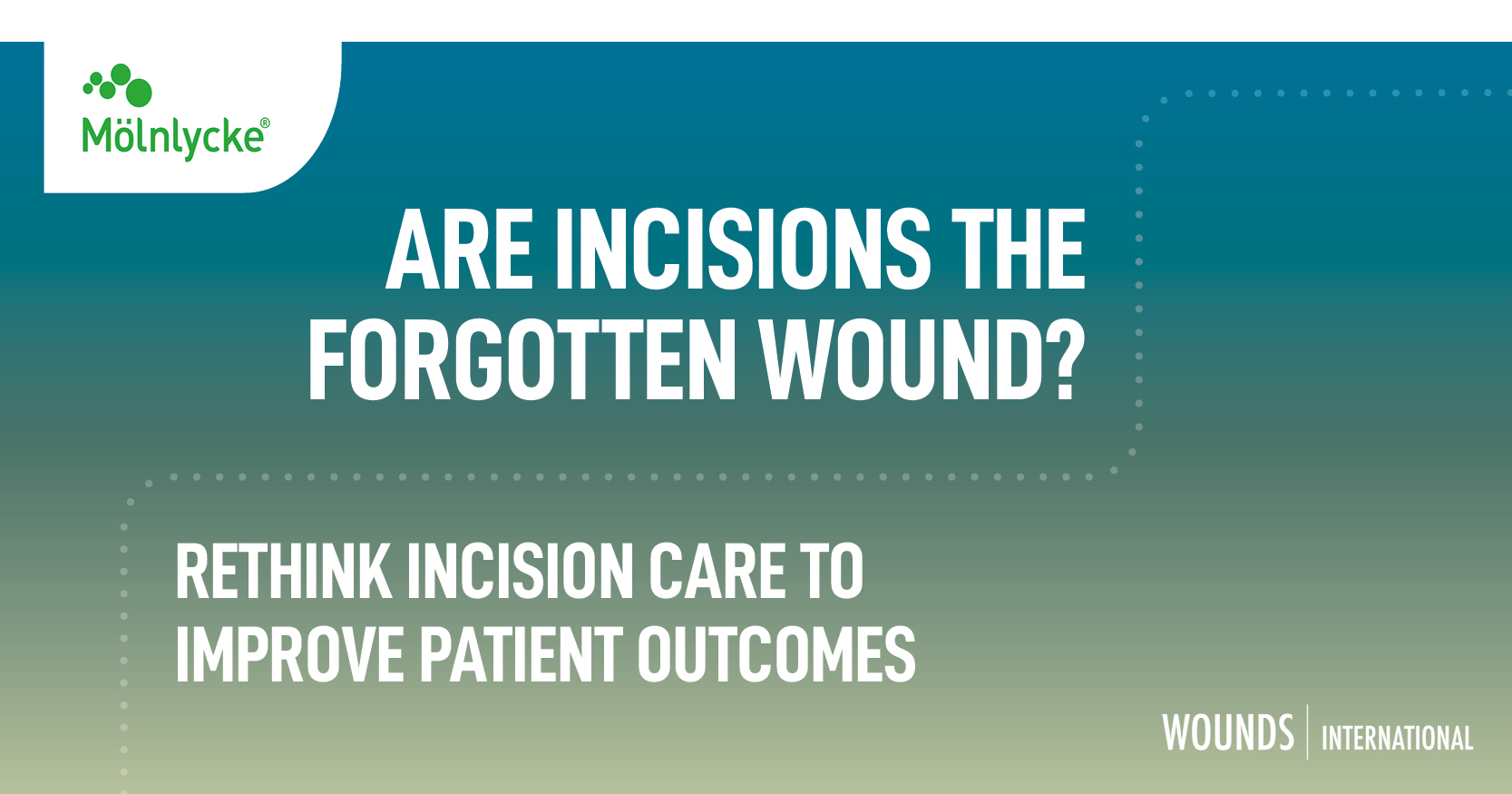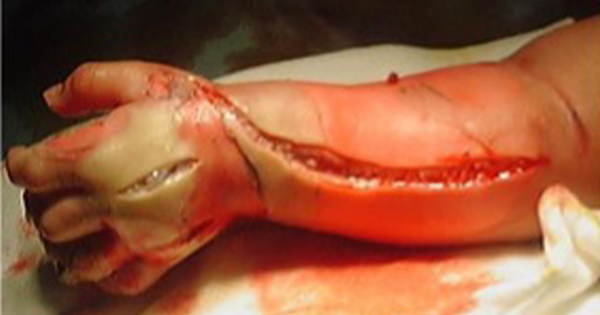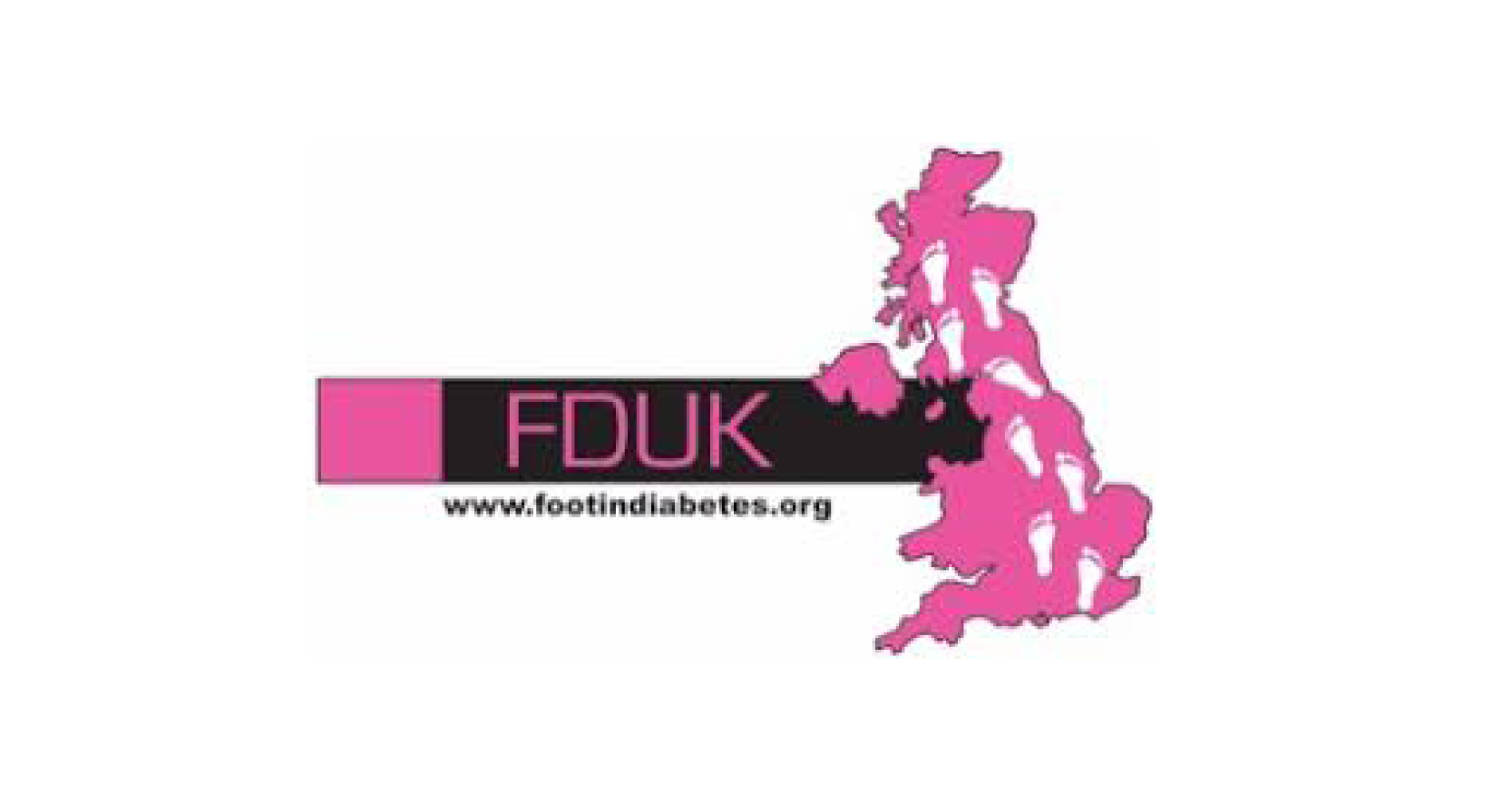<p>The remarkable improvements in life expectancy over the past century have created a shift in the global population (World Health Organization [WHO], 2011). Globally, it is estimated that as aging populations increase in number, so too will the prevalence of chronic diseases (WHO, 2011). Caring for the aging population can be particularly challenging for clinicians due to a multitude of co-existing issues associated with aging. One of those issues is the prevention and management of skin tears (STs) (LeBlanc and Baranoski, 2009). Skin tears are acute wounds that are an underappreciated enemy of aging skin. Despite the acute nature of these wounds, their minimisation and mismanagement by healthcare professionals, they have a high propensity to develop into chronic wounds increasing health burdens on individuals and care agencies. The key to decreasing the impact of STs on the aging population is to implement a strategic prevention and management programme. The purpose of this article is to provide a brief overview of the prevalence and incidence of skin tears among aging individuals, provide an accepted skin tear definition, introduce a validated means for classifying skin tears, and highlight the International Skin Tear Advisory Panel’s skin tears prevention and management framework. </p>






